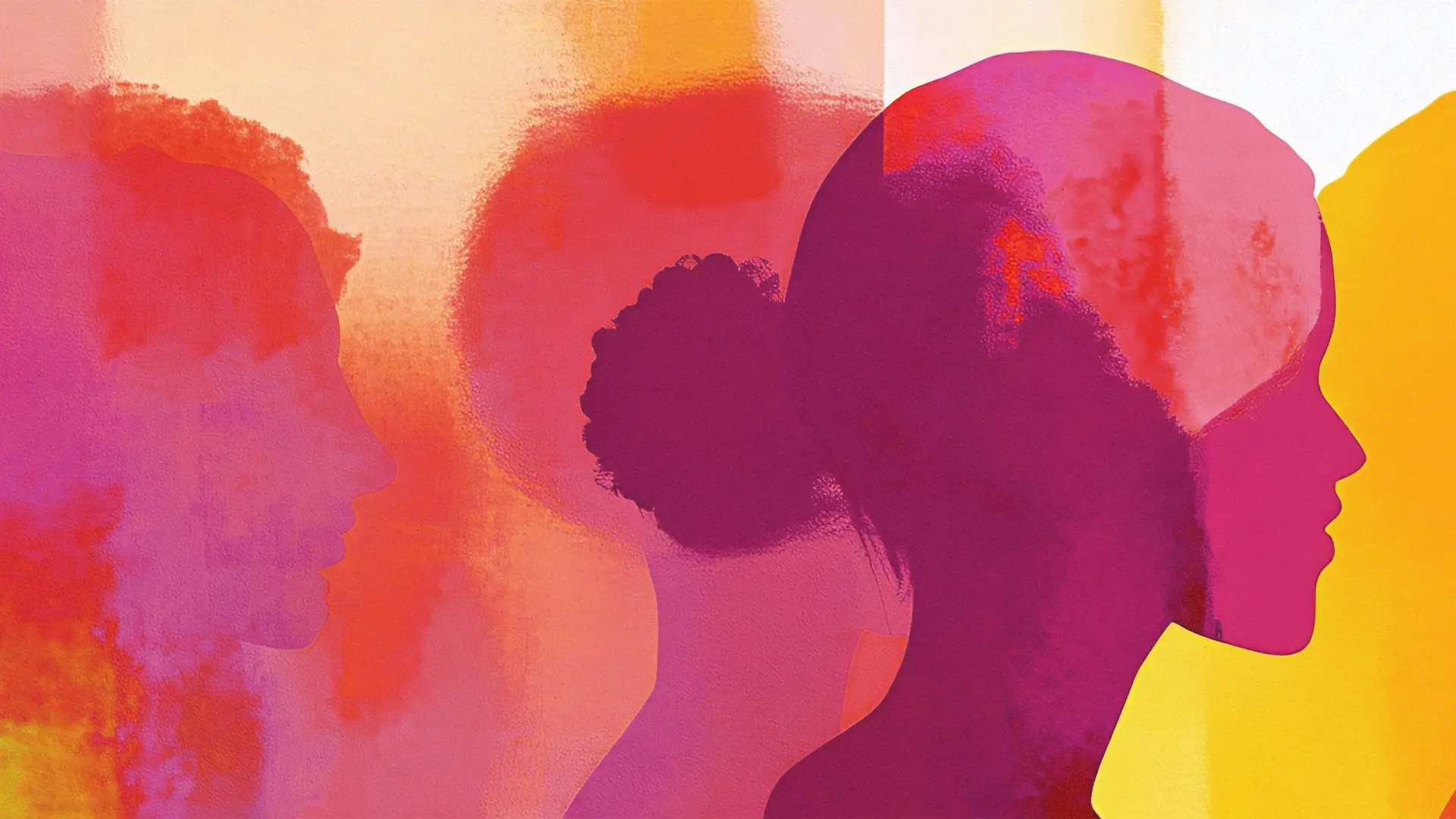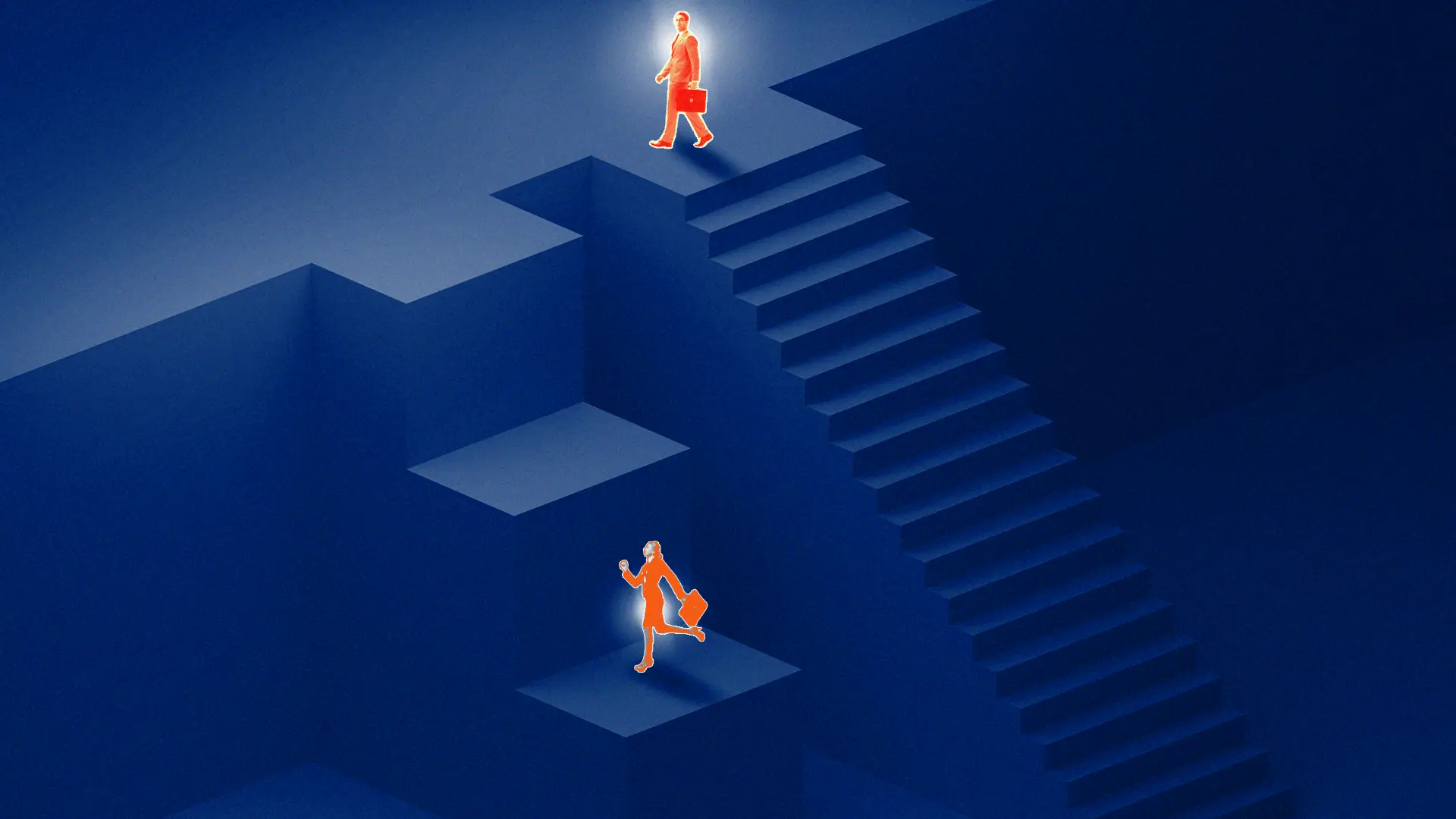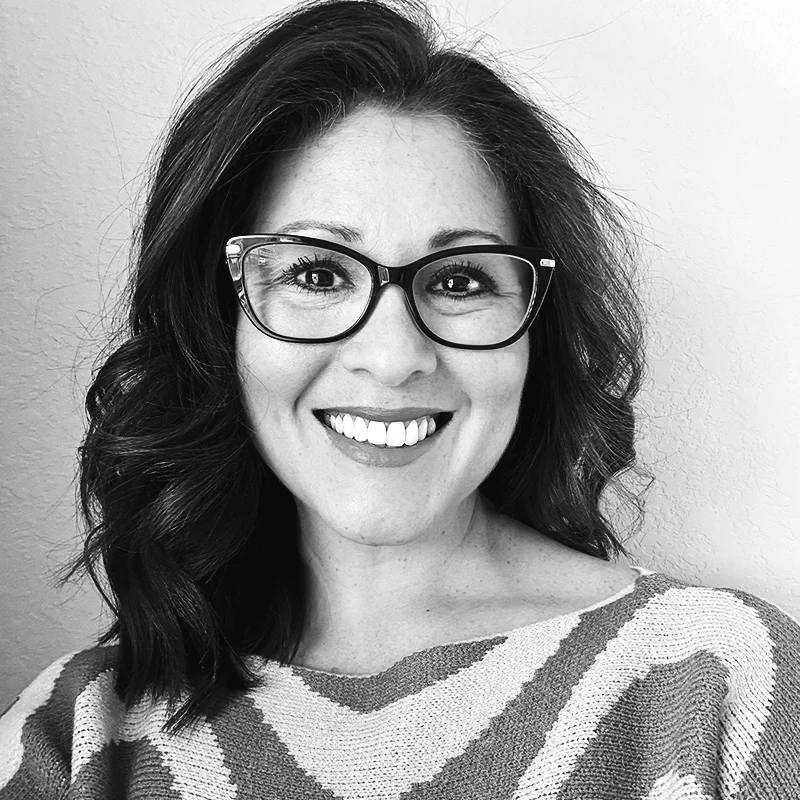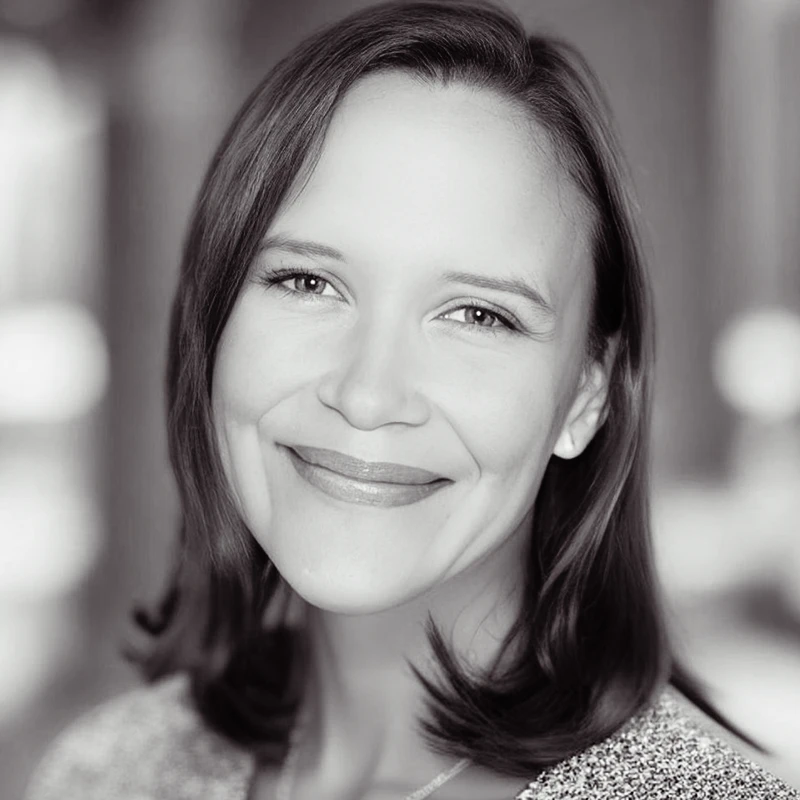Key Takeaways
- We all have biases, which can impact how we perceive and interact with others without realizing it.
- Unconscious bias in hiring can influence workplace decisions and hiring practices that may unintentionally hinder diversity and equity.
- Unconscious bias examples include judging a candidate's ability by the way they dress or believing that anyone over 60 doesn't use social media.
- Understanding and addressing unconscious bias in recruitment is crucial; companies must vet and train recruiters to mitigate bias and create inclusive environments.
Listen: How to overcome unconscious bias in hiring.
Unconscious bias is everywhere. We all harbor biases in our lives simply by being human. Left unchecked, however, bias can lead to stereotyping and discrimination. Not only can this harm workplace culture, but it can also hurt the business. This blog explores unconscious bias, how it manifests in recruiting, and actionable steps to improve how you perceive others.
What is unconscious bias?
Let’s start with the definition of bias. Bias means showing preferences for or against something, whether a person, group, or thing. Individuals may show bias for or against other people or groups. For example, you might feel more positively about people from your hometown. Or more negatively when you see someone wearing a specific team jersey or if they have a certain bumper sticker on their car.
We form biases based on what we can see, such as appearances or ability. We may also form biases after learning about someone’s religion, education, politics, sexuality, or behaviors.
Biases are a condition of being human. Throughout life, we build pathways in our brains to help us understand the world based on our experiences and available information. While these pathways can offer helpful information and guidance, they can also lead us into trouble when we start to make judgments or assumptions about others. Often, we don’t even realize we’re doing it. But when our biases lead the way, we allow our subconscious prejudices to take over.
Think you aren’t biased? A Carnegie Mellon study found that people have knowledge gaps regarding bias. In other words, people are less likely to notice bias in themselves than others.
We all harbor biases. The first step is recognizing them. This can be tricky since we aren’t even aware of our biases most of the time. Once we actively start looking for and noticing our unconscious biases in daily life, we can be more open to feedback to learn about different ways to move past them.
What does unconscious bias look like in recruiting?
Job seeking can be challenging. For many, there’s a need to present a solid resume, cover letter, and portfolio just to get in the door—let alone present and sell themselves to recruiters and hiring managers. Yet, that door may not open equally for every qualified candidate if bias is at play.
Unconscious bias in hiring plays a significant role in shaping perceptions during the hiring process. It can influence how candidates are evaluated and how recruiters present talent. To foster more equitable hiring, it’s essential to reflect on your potential biases and consider how they may unconsciously affect decision-making.
At the same time, it’s crucial to ensure that both recruiters and hiring managers are equipped with the right tools and training to recognize and address their own subconscious preferences. Professional education and targeted programs are available to help both recruiters and hiring managers minimize bias, enabling them to focus on the most qualified candidates. While this won’t eliminate bias entirely—it can occur at every hiring stage—it’s a meaningful step toward building a fairer, more inclusive process.
There are several examples of unconscious bias that can arise in relation to protected characteristics under anti-discrimination laws:
- Gender bias: Making assumptions about a person based on their perceived gender or gender identity.
- Age bias: Beliefs about people based on their age or generation.
- Racial bias: Preconceived notions about individuals based on their race or ethnicity.
- Religious bias: Making assumptions or judgments about someone's abilities or values based on their religious practices or beliefs.
- Disability bias: Underestimating or misjudging the capabilities of individuals with physical or mental disabilities.
- Pregnancy bias: Doubting the commitment of a pregnant employee or applicant due to assumptions about their availability or priorities.
- Marital status bias: Judging someone's reliability or flexibility based on whether they are single, married, or divorced.
- Veteran status bias: Assuming an individual's skills or values based on their veteran or military service member status.
Most of the time, we don’t intend any malice. Yet, unconscious biases like these can profoundly affect talent equity and workplace diversity. These biases can ultimately hinder organizational growth, reduce innovation, and limit access to diverse talent.
Here are some examples of unconscious bias in recruitment that reflect these issues:
- Viewing candidates with foreign-sounding names as less qualified than those with more familiar names.
- Assuming men are more suitable for leadership roles due to stereotypes about assertiveness.
- Hesitating to hire women under 40 out of concern they may take maternity leave in the future.
- Believing older candidates lack the technological savvy required for the role.
- Overlooking candidates of a particular race because of assumptions about their cultural fit in the organization.
- Dismissing a candidate with a physical disability by assuming they won't be able to perform the job as effectively.
- Preferring married applicants over single ones, believing they are more stable or reliable.
Unconscious bias can affect every stage of the hiring process—from who gets sourced or referred to how candidates are evaluated during interviews. Building awareness of these biases and investing in training can help create a more inclusive and equitable recruitment process that ultimately drives organizational success.
How to address unconscious bias in hiring
Hiring managers and other workplace leaders are essential in addressing unconscious bias when onboarding new talent. Here are some ways hiring managers can adapt their behaviors to reduce unconscious bias in hiring.
Flip the image
The next time you plan to meet with someone new, be it a doctor, a plumber, or a job candidate, take a moment to notice what you think that person looks like. After that? Flip the image. Perhaps they are taller than you thought, or a different gender, or have a visible disability. This exercise of envisioning someone differently can help you notice—and ultimately unlearn—your unconscious biases.
Look beyond cultural fit
Workplace culture is important, but remember to look beyond cultural fit when making new hires. Fast Company found that hiring for culture fit reinforces a lack of diversity. Instead, consider how different perspectives and backgrounds could add to your culture in a new way rather than simply mesh with it.
Train your brain
Try taking an online test to learn about your implicit biases and how they manifest in real life. Then, you can learn to recognize patterns and make more mindful decisions.
That said, the effort to mitigate unconscious bias in the hiring process—and then working to address unconscious bias within the organization on a day-to-day basis—will positively impact both onboarding and retention.
Move beyond unconscious bias for better hiring results
Letting our unconscious biases direct our actions could have unintended consequences like stereotyping and discrimination. Mitigating unconscious bias is essential to fostering an equitable and diverse workplace.
While everyone is biased, hiring managers can work to change their thinking patterns by acknowledging biases and taking steps toward unlearning them. First, understand that biases are part of human nature. Then, make a plan. Seek external assistance from training programs or online assessments to learn how to notice and change biased behavior. Invest in tools like bias detection software and be sure to work with recruiters who have adequate training.
Additionally, programs like Aquent’s Diversity+ can help educate recruiters on unconscious bias in hiring and teach strategies to overcome it.
By addressing unconscious bias in staffing, leaders can more confidently make hiring decisions based on merit and qualifications rather than subconscious preferences.
Ready to be more inclusive about talent acquisition? Contact Aquent’s Diversity Hiring Specialists today.
Latest.
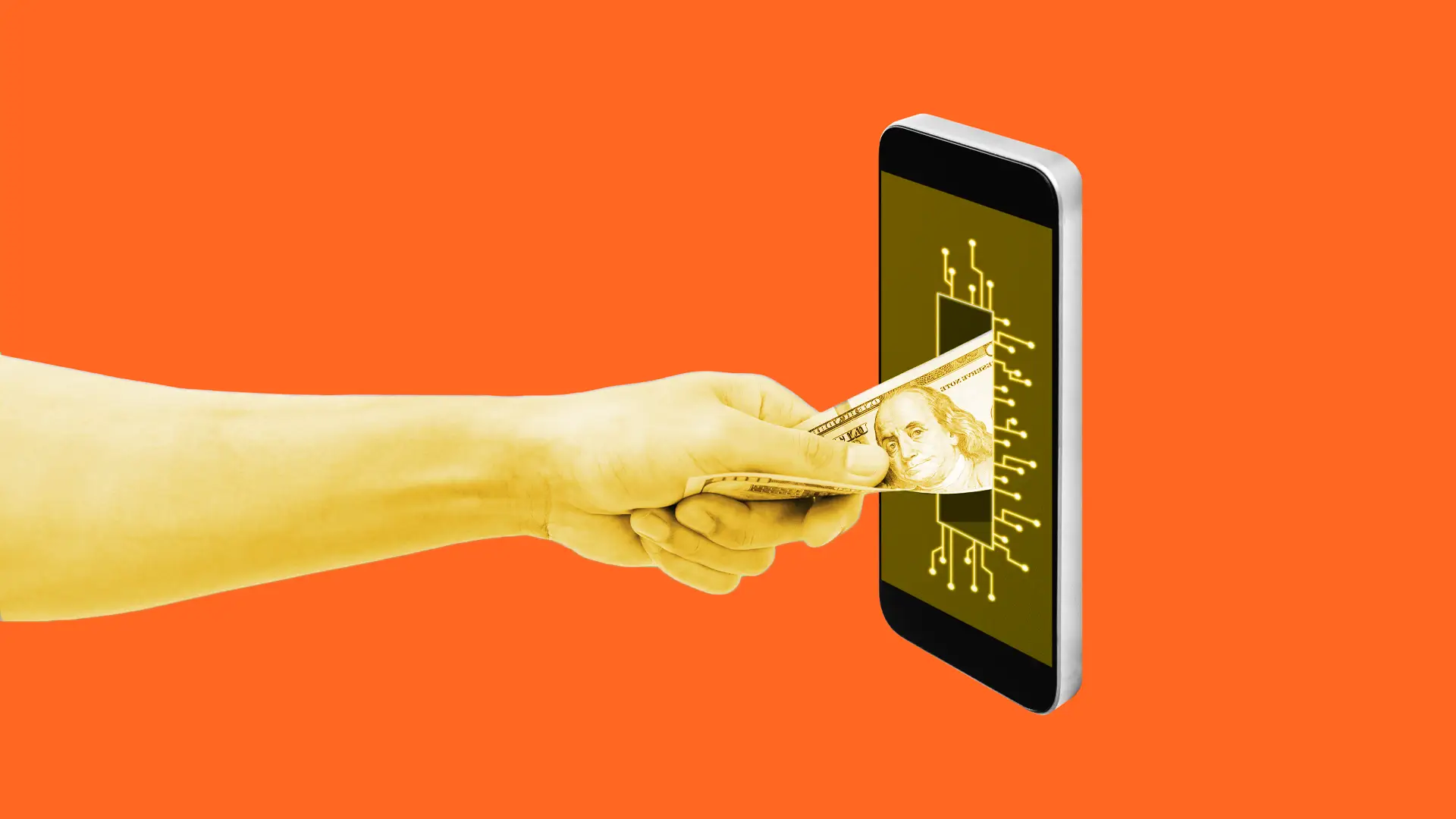
Strong UX is critical to the future of digital payments.
Consulting & Operations, Engineering & Technology, Innovation & Emerging Tech, Financial Services, Technology

How to attract design executives in a competitive market.

The truth about PTO as a freelancer. (Yes, it’s possible.)
Career Advice, Diversity, Equity & Inclusion, Retention Strategies, Talent Acquisition & Recruitment


